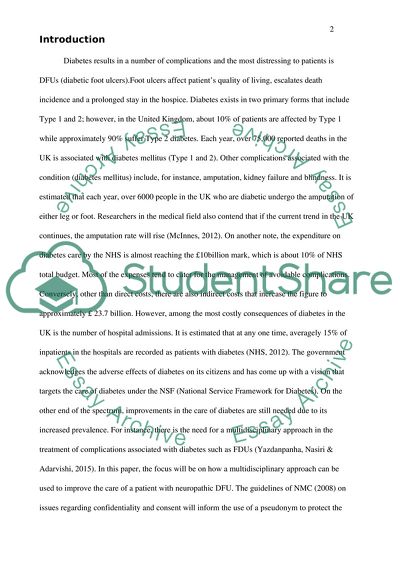Cite this document
(“Management of a Patients Needs Essay Example | Topics and Well Written Essays - 4750 words”, n.d.)
Management of a Patients Needs Essay Example | Topics and Well Written Essays - 4750 words. Retrieved from https://studentshare.org/nursing/1700498-management-of-a-patients-needs
Management of a Patients Needs Essay Example | Topics and Well Written Essays - 4750 words. Retrieved from https://studentshare.org/nursing/1700498-management-of-a-patients-needs
(Management of a Patients Needs Essay Example | Topics and Well Written Essays - 4750 Words)
Management of a Patients Needs Essay Example | Topics and Well Written Essays - 4750 Words. https://studentshare.org/nursing/1700498-management-of-a-patients-needs.
Management of a Patients Needs Essay Example | Topics and Well Written Essays - 4750 Words. https://studentshare.org/nursing/1700498-management-of-a-patients-needs.
“Management of a Patients Needs Essay Example | Topics and Well Written Essays - 4750 Words”, n.d. https://studentshare.org/nursing/1700498-management-of-a-patients-needs.


